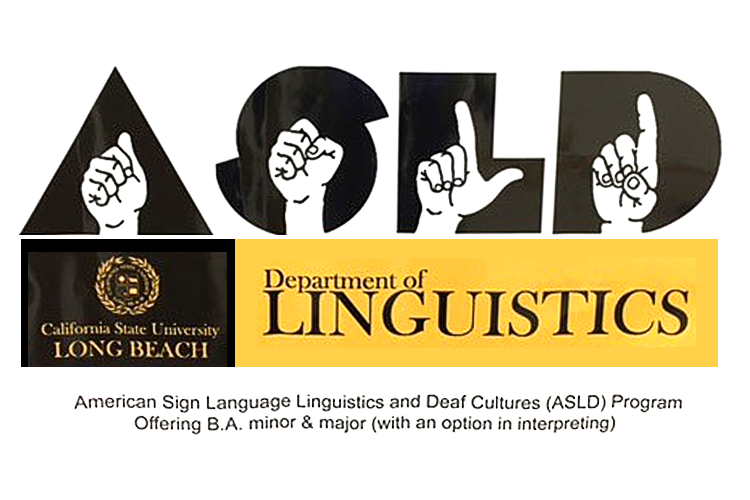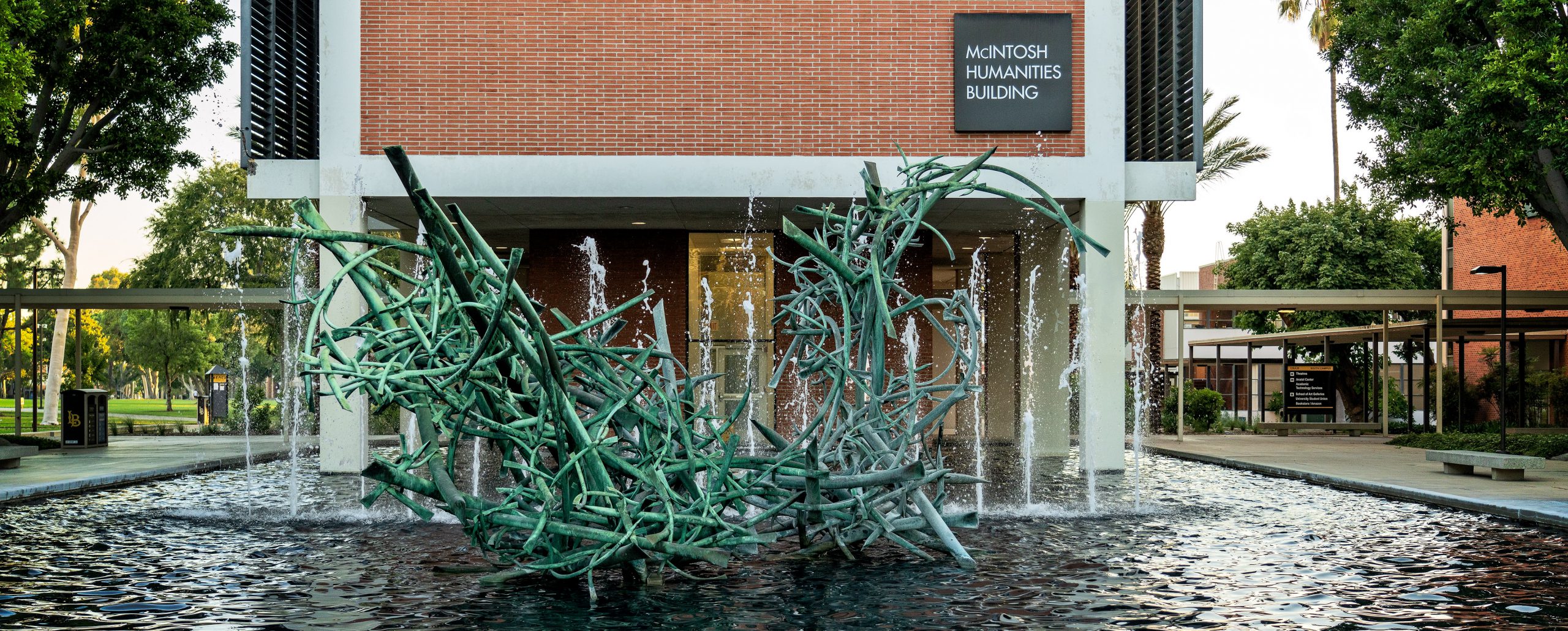New Program To Help Signers
September 14, 2017Published: September 5, 2017
This fall, anthropology and linguistics’ Barbara LeMaster looks forward to being the director of CSULB’s new degree program in American Sign Language Linguistics and Deaf Cultures (ASLD). The program will offer a one-two punch of bachelor’s degrees in ASL Linguistics and Deaf Cultures with an option in ASL-English interpretation.
“This is a major that will attract a lot of students,” said LeMaster, who joined the university in 1988. “I hope our students use this degree to enter fields as various as law enforcement or any service profession. If they meet someone who is deaf, they can speak to them directly. We are unique in the nation in the way we train our students to be linguists. Nobody else trains their people this way.”
LeMaster explained that the B.A. degree program’s goal is to provide students with what they need to know in whatever specialty they choose.
“Students also may choose to pursue graduate studies in such fields as linguistics, interpreting, social work, teaching, languages or cultures,” she said. “We expect our students graduating with a B.A. in our interpreting option to go on to become nationally certified interpreters who have a comprehensive background in linguistics, giving them an edge in their future professional practice.”
The ASL Linguistics and Deaf Culture major for a bachelor of arts degree consists of 50 units in 12 required courses and three elective courses. Students will be introduced to a variety of signed and spoken languages and their cultures in the U.S. and across the globe.
The 20- to 21-unit ASL and Deaf Cultures minor at CSULB consists of six required courses that focus on the acquisition of American Sign Language and American Deaf Culture in order to gain fluidity in the language and cultural competence in community interactions. Four of the units can duplicate as general education units.
The B.A. option in ASL-English Interpreting is part of the ASL Linguistics and Deaf Cultures major that consists of 19 required courses worth 64 units. Thirteen of these units can duplicate as general education units. The B.A. in ASL Linguistics and Deaf Cultures Interpreting option not only teaches students to be linguists who can work with signed and spoken languages but also trains students to become interpreters between ASL and English.
“There is great diversity in the world’s deaf communities,” said LeMaster. “There are those who were raised to speak or lip-read. Others know how to converse in signed English. Their experience ranges from not-quite English to ASL,” she said, noting this particular program addresses the broad range of the deaf community.
“I want to cooperate with Romance/German/Russian languages and literatures so that our majors can earn a certificate in Spanish,” she added. “I especially want to offer one course in Mexican sign language that is not offered anywhere else. There is such a local demand for ASL, English and Spanish interpreting skills with a basic knowledge of standard Mexican sign language that our students will get jobs immediately. Even if their ASL interpreting skills are not-yet at a nationally certified level, they are employable.”
LeMaster anticipates quite a lot of competition to get into the interpreting option, giving it the luxury of selecting the most advanced students.
“Some students were raised with ASL from birth with their deaf parents, some of our applicants are working interpreters already, and we have had interest from some who are already nationally certified interpreters, but who want to come to us for our B.A.,” she said. “We have some students who are native signers, e.g. they have deaf parents. For these students, we will be honing their native skills to help them excel in the fields of their choice.”
LeMaster encourages enrollment in the new degree programs.
“I anticipate that we will be a powerhouse like CSU Northridge,” she said. “What students would get here that they would not get at CSU Northridge is the linguistic training to understand the science of language.”
For more information, click here.
